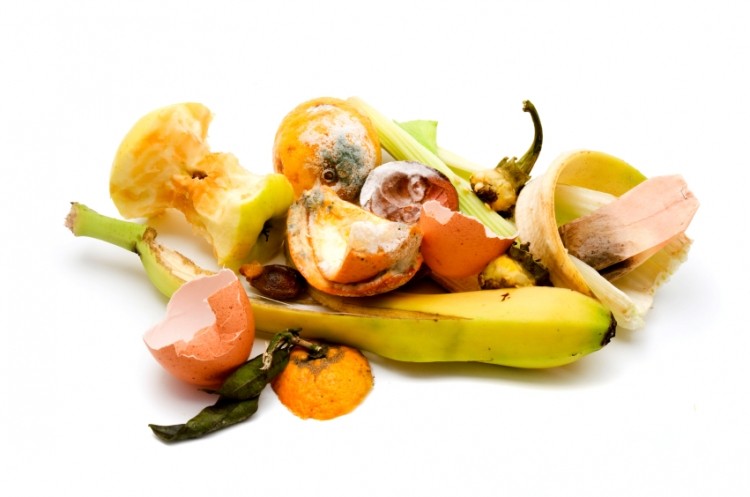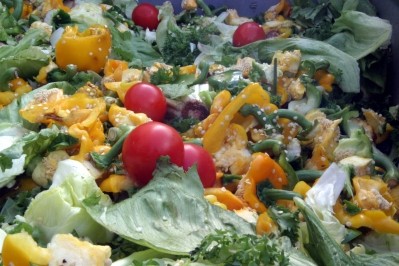Sustainable sourcing starts with better use of your own company's waste

Turning waste streams and by-products into value-added ingredients and resources for your own company and others has long been seen as something of a ‘holy grail’, not just for the battle to reduce food waste and increase food security, but also in efforts to create more sustainable supply chains.
So, is it really possible to re-use or re-cycle all of your waste products into something that has genuine value?
While it might be complex to do, it is certainly possible, says Steve Osborn, principal consultant at The Aurora Ceres Partnership.
“That circularity is the holy grail,” he said, adding that companies must start to see every single output as an input for one of their own or somebody else’s processes.
“Food manufacturers must begin to attach more of a value to their waste, and think realistically about how by-products and wastes can be recovered or recycled to be used as an input for their own processes – or even the processes of other companies,” he said.
However, creating more value in waste, and therefore creating a sustainable chain of products or ingredients, is something that can also require heavy investment in new products or equipment.
“It’s about thinking outside the box and applying a bigger world scenario, asking ‘what is it that we are making, and where could that have value?’ and then making those links.”
“I think that sort of thing could even fall under open innovation, where you are looking for somebody outside of the company to valorise your waste stream,” he suggested, adding that companies must embrace ‘out of the box’ thinking about how waste streams can contribute to new products.
More waste might be more sustainable
Osborn added that pledges to drive down waste could mean that companies are missing out on opportunities – and that by increasing waste or changing certain processes to produce a slightly different product, companies may benefit more.
“It might be by making more waste to increase the value of that waste, which is counterintuitive to how most companies are striving to lower waste,” he said, citing an example of potatoes, whereby a manufacturer may wash and peel potatoes to maximise the potato, but be left with a very low-value peeling-based slurry “which is probably only fit for animal feed.”
“If, however, you employ a different peeling process, your actual yield of potatoes might decrease slightly because you’re now taking more skin off. But what you are left with might have a greater value – either internally in your own processes or to a third part who might want to us it to make potato peel crisps or similar.
“So by actually making more waste deliberately, there is a greater value to it.”
But to have that sort of in-house sustainability, Osborn believes manufacturers first need to really challenge what they are doing and to be innovative enough to question whether making more ‘waste’ initially can actually create more value by filtering it into new processes.
“It is the ideal for a food manufacturer to have zero waste, but it’s going to take quite a brave company to start to put these ideas in place,” he said.
Reclaiming, recycling and decontaminating
Osborn added that while reclaiming nutrients from ‘waste waters’ can be an expensive process, the expense should not be prohibitive – and additional uses for nutrient-rich waste waters might be found.
“There are processes in place that can begin to increase the value of that waste.”
However, he conceded that working with certain ingredients or processes is more difficult than others, adding that there may be biological or contamination issues relating to the use of certain by-products.
“But again, maybe more can be done in this respect because there are techniques out there like irradiation, which is seen as undesirable in consumers' eyes, but on the other side could help to recover and decontaminate.”







